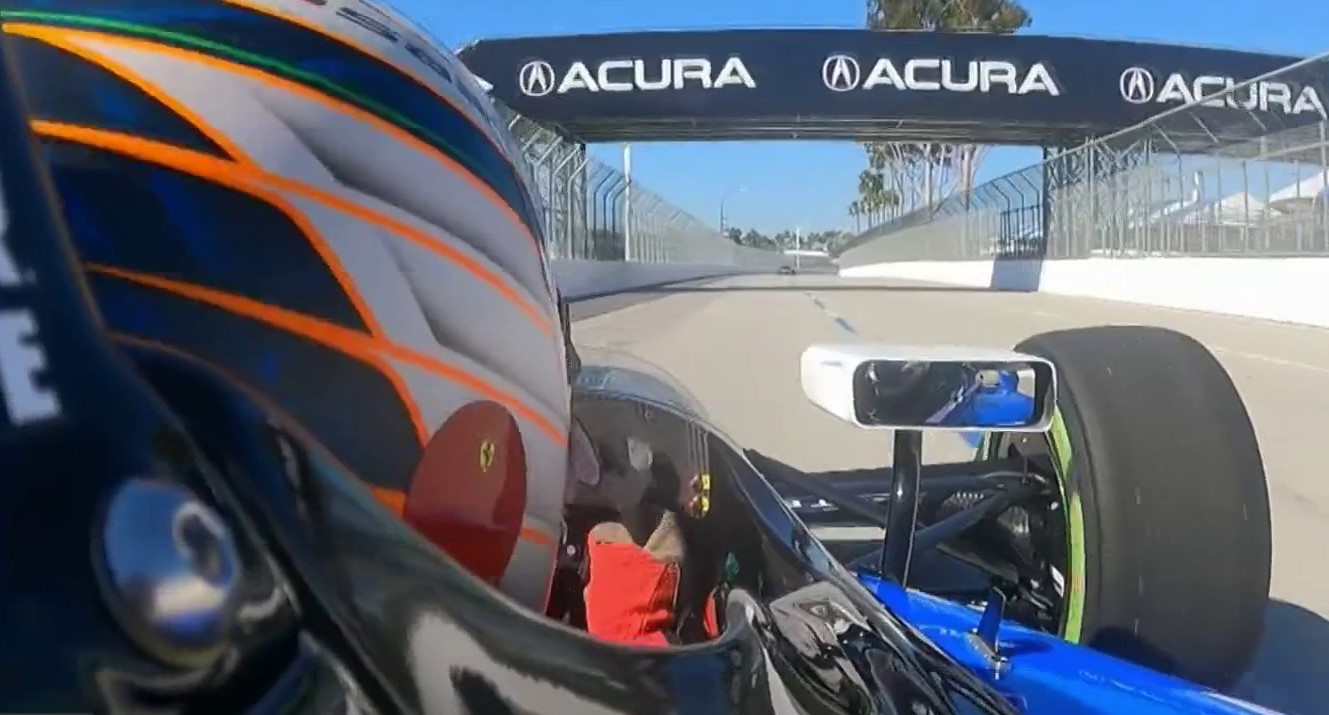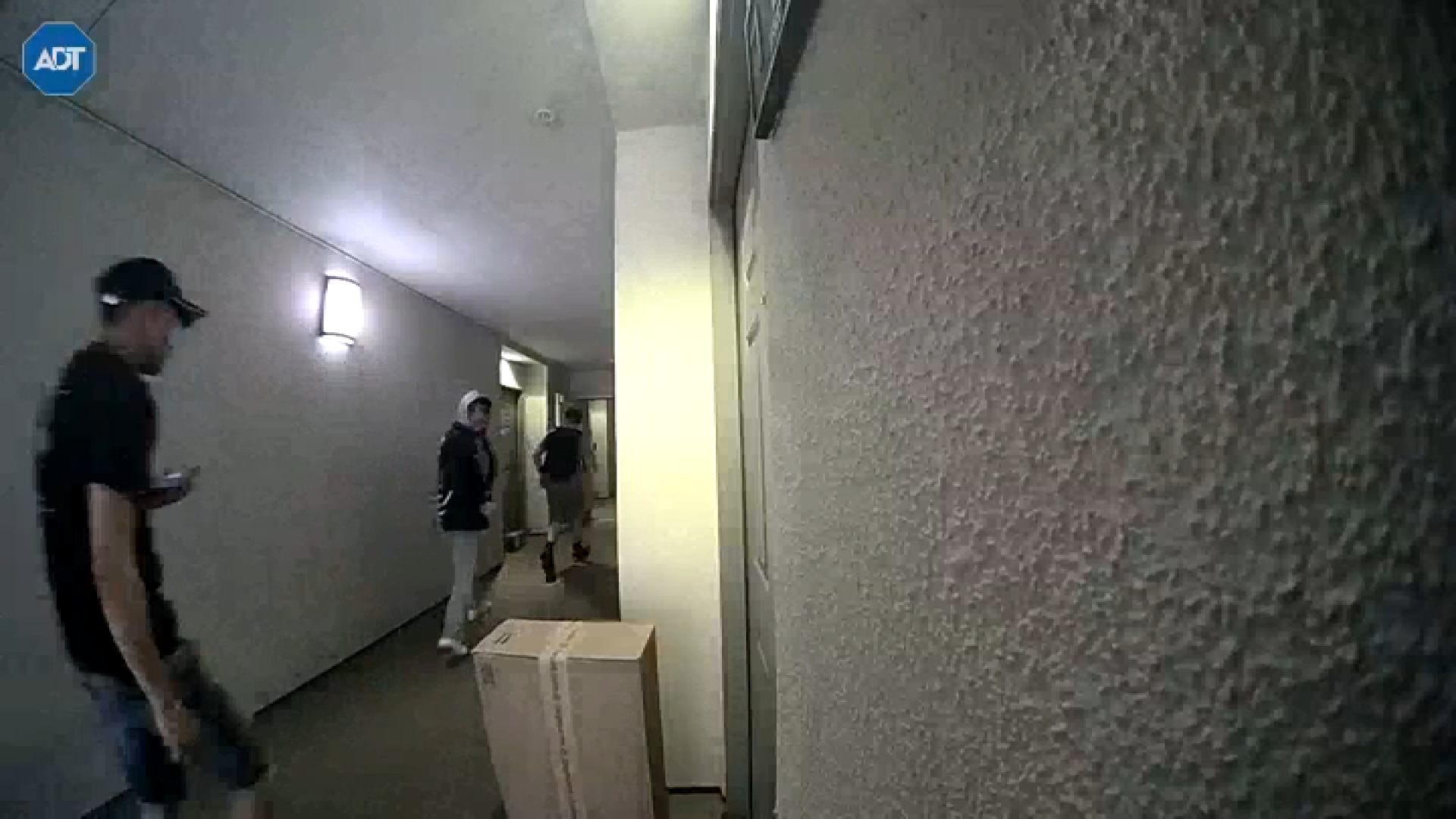Five of the nation’s largest banks agreed to a $26 billion settlement to retroactively reimburse homeowners affected by the mortgage crisis. California will get $18 billion of those funds, but real estate experts described the effort as a drop in the bucket.
Angelenos whose homes were foreclosed on could get $1,500 to $2,000 from the total $4 billion that was allocated to Los Angeles.
The relief funds only cover mortgages from the five largest banks included in the settlement: Citibank, JP Mortgage, Chase/Washington Mutual, Bank of America/Countrywide, Wells Fargo/Wachovia, and Ally Financial.
But the majority of mortgages in California – 62 percent – are owned by Fannie and Freddie, Harris said.
Less than a million California mortgages are eligible for the relief, said Paul Habibi, real estate professor at UCLA Ziman Center. Of the state’s roughly 2.2 million underwater mortgages, only about 900,000 are within the scope of the five financial institutions named in the settlement.
The largest component of the settlement – the principle reduction program – will bring $12 million to California. The average principle reduction for distressed California homeowners will be about $20,000, Habibi said. But the average California mortgage is about ten times that.
The refinancing program was allocated $3 billion nationally, with about $850 million going to California borrowers, Habibi said.
Attorney General Kamala Harris described the deal as an effort in finding meaningful relief without giving a blank check of immunity to the banks whose predatory lending sparked the crisis.
Protesters, about 100 of whom gathered outside of Harris’ press conference Thursday, carried signs which read, “Make the banks pays!” and described the deal as letting banks off the hook.
Local
Get Los Angeles's latest local news on crime, entertainment, weather, schools, COVID, cost of living and more. Here's your go-to source for today's LA news.
Experts also questioned just how meaningful the deal actually is.
California has about $1.3 trillion in outstanding mortgages, so the $26 billion promised by the state-federal compromise is “a drop in the bucket,” Habibi said.
To put the banking crisis turned foreclosure fiasco into perspective: banks were awarded a $700 billion bailout a little over three years ago and pulled themselves out of whatever monetary holes they were in, Habibi said.
“Banks made out pretty well overall, ad for them to give back a nominal sum of $26 billion is relatively small change,” he said.
About 1 in 3 California homeowners’ mortgages are underwater – meaning, they owe more on their houses than their properties are worth – making the state the sixth worst in the nation in terms of underwater mortgages, Habibi said.
California has “some of the most affluent and some of the poorest people in the country,” he said. “We had a very strong housing bubble; and the bigger the bubble, the harder it bursts.”
The Golden State has been described as the epicenter of subprime lending – that is, making loans available to people who otherwise would have trouble qualifying.
Housing booms, especially in the interior of the state, created new communities and put people in mortgages they could not afford, Habibi said.
“The chain of loss created a ripple effect through the entire housing marking in the state,” he said.
Throwing money at homeowners will not cure the program, Habibi said. With nearly 90 percent of homeowners in distress because they can’t make their mortgage payments, state and federal programs don’t hit at the heart of the problem.
Rather, creating policies that would prevent problems like predatory lending would be the most effective solution, he said.
Harris, whose state Mortgage Fraud Strike Force worked with federal authorities at the Department of Justice and Housing and Urban Development to reach an agreement, had harsh words Thursday for predatory lenders, lawyers and brokers who have exploited the mortgage crisis.
“The focus (of the settlement) has been to deal with the predators, who have, like bottom-feeders, have evolved around these vulnerable communities,” Harris said.
But the news isn’t all bad, Habibi said.
While the foreclosure rate is still high, the delinquency rate has been falling, Habibi said. Delinquency rates are a better indicator of the housing market’s health.
When a borrower is foreclosed on, they’ve likely been delinquent on their mortgage payments for about two or three years, Habibi said.
The rate at which homeowners fall behind or stop paying their mortgages is an indicator of the future of the housing market – and that future is looking brighter after six months of dwindling delinquency rates.
Follow NBCLA for the latest LA news, events and entertainment: Twitter: @NBCLA // Facebook: NBCLA



